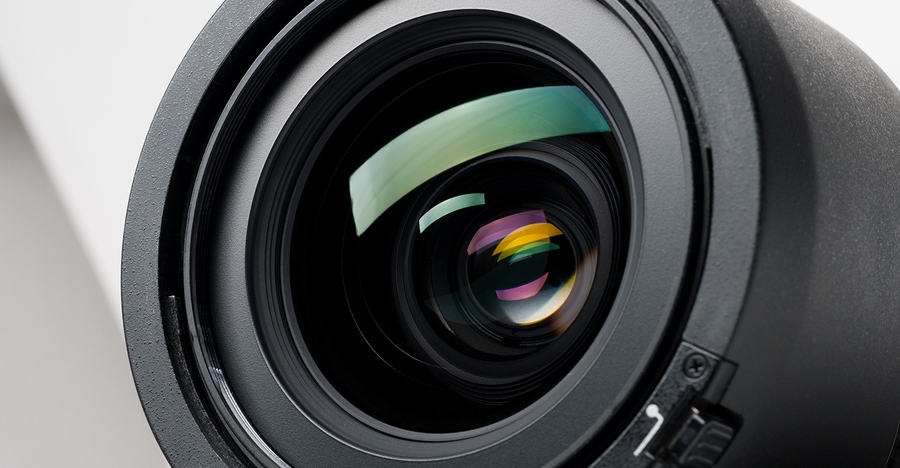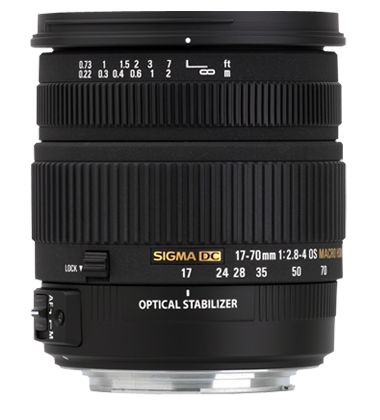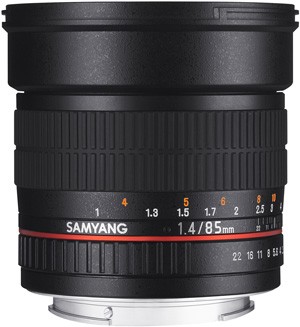If you are focused on portrait photography you always need to make sure your camera and lens produce excellent quality images.
We found an article over at Digital Photography, with several lower cost lenses that are perfect for portraiture. Here are three of them. Which one would you prefer, or do you already own one of these lenses?
Sigma 17-70mm f2.8-4 DC macro OS HSM – This lens costs around £350 and is designed for cameras with an aps-c/DX sensor. This model is a new version of an old favourite and provides the equivalent of around 26-105mm, though this extends to 27-112mm on the Canon aps-c sensors with their 1.6x (rather than 1.5x) conversion factors. Its close focusing capability is ideal for minimising depth of field in your portraits.
Samyang 85mm f1.4 aS if UmC – Available in Canon EF, Nikon F, Pentax, Sony A, Samsung NX and Four thirds mounts for around £300, this manual lens is ideal for careful, considered portraits and is much cheaper than the asking price of the manufacturer’s proprietary versions, which are closer to £1,000.




There are several great 50mm – 35mm film lenses which with an inexpensive adapter, become 75MM on APS digital cameras( mirrorless and dslr) which have much better optical quality(resolution, DOF, color, etc.) than newer dslr portrait lenses. Both the Nikon and Canon 50mm f1.2 are legendary, used as the primary lens by many professionals through the turn of the millennium. As I had Contax film camera gear I used the Zeiss 50mm f1.4. I now have a Sony mirrorless and still use the indestructible Zeiss with a regular adapter which turns it into a 75mm + uses the sharpest inner 75% of the glass(highest resolution) and also invested in a Metabones speed adapter which keeps it a 50mm but boosts the f/stop to 1.2. Both ways produce incredible results unmatched by any modern lenses. Caveat is you have to manually focus, which purist photographers prefer anyway.